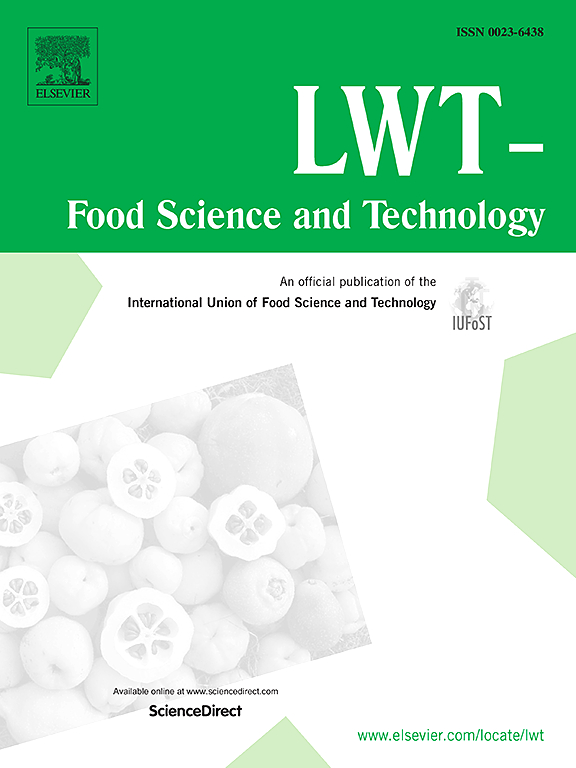Innovations in food: A review on the consumer perception of non-thermal processing technologies
IF 6
1区 农林科学
Q1 FOOD SCIENCE & TECHNOLOGY
引用次数: 0
Abstract
Non-thermal processing (NTP) technologies are designed to preserve food products by inactivating microorganisms and enzymes responsible for spoilage. These technologies extend the shelf life of foods while retaining their nutritional and sensory qualities. Additionally, NTP technologies respond to consumer demands for sustainable, safe, and high-quality food products. However, consumers are often conservative and skeptical about changes, making it crucial to explore the factors driving their acceptance or rejection of these innovations during the early stages of development. Ensuring that new food products not only meet technical standards but also align with consumer preferences and expectations is key. The objective of this review was to examine the various factors influencing consumer perception of these innovative NTP technologies and particularly how this perception is affected by providing consumers with information related to their benefits. Several research articles were identified exploring consumer perceptions of food products treated with pulsed electric fields (PEF), high-pressure processing (HPP), ultrasounds (US), ultraviolet (UV) radiation and cold plasma. In general, consumer perceptions of NTP varied widely and were influenced by several factors, including awareness, perceived benefits, pricing, ethical concerns, and trust in food safety. Misconceptions regarding non-thermal treatments were commonly reported, but effective communication of their benefits—such as improved food safety, sensory quality, and environmental friendliness—was found to enhance consumer acceptance in almost all cases. Concerns about potential price increases for food products treated with these technologies were frequently expressed. Therefore, rather than focusing on the technical details, it is essential to emphasize the benefits of NTP technologies. Importantly, stakeholders have a responsibility to clearly communicate that food products treated with NTP technologies are safe, doing so in a way that is easy for consumers to understand.
求助全文
约1分钟内获得全文
求助全文
来源期刊

LWT - Food Science and Technology
工程技术-食品科技
CiteScore
11.80
自引率
6.70%
发文量
1724
审稿时长
65 days
期刊介绍:
LWT - Food Science and Technology is an international journal that publishes innovative papers in the fields of food chemistry, biochemistry, microbiology, technology and nutrition. The work described should be innovative either in the approach or in the methods used. The significance of the results either for the science community or for the food industry must also be specified. Contributions written in English are welcomed in the form of review articles, short reviews, research papers, and research notes. Papers featuring animal trials and cell cultures are outside the scope of the journal and will not be considered for publication.
 求助内容:
求助内容: 应助结果提醒方式:
应助结果提醒方式:


